During a business trip through ethnic minority villages along the Truong Son mountain range, I had the opportunity to meet Ho Xuan Chi, 34 years old, a Ta Oi ethnic group in A Roi village, A Ngo commune, A Luoi district, Thua Thien Hue province.
Chi said that bamboo worms are only available during a certain season, from September this year to March next year, and even the locals find it difficult to find. He said excitedly: “You are very lucky to be able to eat this dish. Not everyone has the opportunity.”
Bamboo worms, also known as bamboo grubs, are larvae that live inside bamboo stems, common in mountainous areas. They are white, about 3.5 – 4cm long and live on substances in the bamboo stems.
This is a unique and nutritious dish with high protein content, processed into many dishes such as deep fried or stir-fried with lemon leaves, chili peppers... bringing a fragrant, crispy and fatty flavor.
One cold rainy day, as scheduled, I returned to the jungle to witness the bamboo worm hunting process with my own eyes.
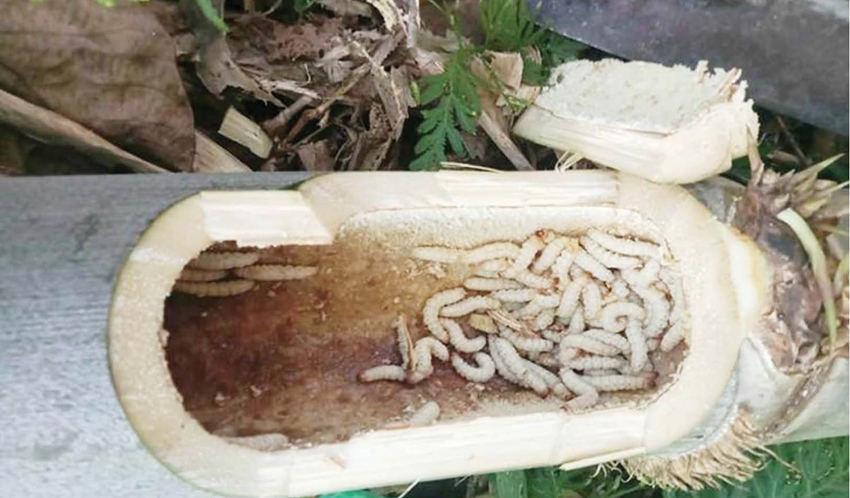
The bamboo trees that the bamboo worm chooses as its "home" often have yellow stems, some of which are shortened and shriveled.
Mr. Chi explained that the Ta Oi people call bamboo worms “p’reng”, while the Pa Co, Pa Hy, and Van Kieu ethnic groups all have their own names. Harvesting bamboo worms is quite difficult and usually happens when the bamboo shows signs of shrinking or shortening. This is a popular dish, but not everyone can easily enjoy it due to its unique flavor and quite expensive, which can cost up to half a million VND/kg.
Standing in front of the giant bamboo forest, Mr. Chi carefully observed each bamboo bush to find the one with worms. The bamboo trees that the worms chose as their “home” often had slightly yellow stems, some of the internodes were shortened and shriveled.
With his experienced eyes, Mr. Chi discovered a tree with special signs. He used a sharp machete to chop into the tree trunk to reveal wriggling worms. “If you are lucky, sometimes just one bamboo tree is enough for a meal because there are 2-3 segments containing worms,” Mr. Chi happily said.
When he returned home, Chi cleaned the worms and prepared the wood stove. He said that bamboo worms can be processed into many dishes such as fried, stewed or cooked with cassava porridge. This time, he chose the most traditional way to prepare them: stir-fried with shallot leaves and chili peppers.
He emphasized: “The Ta Oi people believe that bamboo worms are clean, plump and white, so they don’t need much seasoning. Just a little salt to keep the original flavor.” When the oil was boiling, he added the bamboo worms along with the pickled shallots and chili peppers. The fragrant aroma spread throughout the kitchen.
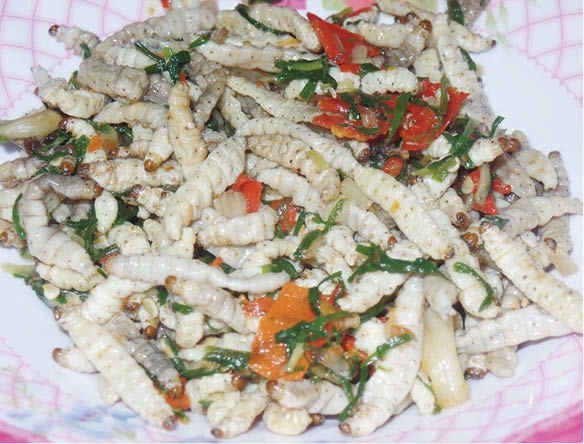
Not everyone living in the Truong Son mountain range, A Luoi region (Thua Thien Hue province) has the opportunity to enjoy this unique bamboo worm dish.
Looking at the fragrant stir-fried bamboo worms, I still hesitated a bit. Mr. Chi laughed: "Many people say this is a "dish of courage" because at first glance it may be scary, but once you eat it, it becomes addictive."
I tried a worm, the first feeling was the “pop” sound in my mouth when the soft shell broke. A thick liquid inside flowed out, both rich and creamy, not fishy at all.
The chili and shallot leaves enhance the flavor of the dish, making it even more appealing. After tasting a few, I gradually sensed the sweet taste of the bamboo worms. Mr. Chi explained: “The worms live in bamboo segments and eat young bamboo shoots, which is why they have such a premium taste.”
Not only the Ta Oi people, the Co Tu people in the villages at the foot of the Truong Son mountain range also have many ways to prepare bamboo worms, especially during holidays and Tet. Village elder Nguyen Hoai Nam, a Co Tu person, Hong Ha commune (A Luoi district, Thua Thien Hue province) shared: “We call bamboo worms tr'zen. This dish is precious, only when truly respecting guests, the host will serve tr'zen with ta din and ta vat wine”. Used with the traditional wine of the Co Tu people, bamboo worms become a memorable dish of the culinary culture of the great forest.
During my visits to villages in A Luoi and Nam Dong, I found that bamboo worms are not only a dish but also a cultural symbol, closely associated with the people of the highlands.
Witnessing how people find, catch and process bamboo worms, I understood why they treasure this dish so much. Not only is it a specialty bestowed by nature, this rustic dish is also a symbol of the diligence, respect and love of nature of the people here.
This trip not only gave me the opportunity to enjoy a unique dish but also opened the door to learn about the profound culture of the ethnic groups along the Truong Son mountain range.
Having enjoyed many traditional dishes of the highland people, the dish “stir-fried bamboo worms with pickled shallots and chili peppers” left me with an unforgettable impression of the flavors of the great forest and the people here.




![[Photo] President Luong Cuong attends the inauguration of the international container port in Hai Phong](https://vphoto.vietnam.vn/thumb/1200x675/vietnam/resource/IMAGE/2025/5/13/9544c01a03e241fdadb6f9708e1c0b65)
![[Photo] President Luong Cuong awarded the title "Heroic City" to Hai Phong city](https://vphoto.vietnam.vn/thumb/1200x675/vietnam/resource/IMAGE/2025/5/13/d1921aa358994c0f97435a490b3d5065)
![[Photo] Many people in Hanoi welcome Buddha's relics to Quan Su Pagoda](https://vphoto.vietnam.vn/thumb/1200x675/vietnam/resource/IMAGE/2025/5/13/3e93a7303e1d4d98b6a65e64be57e870)
![[Photo] Prime Minister Pham Minh Chinh receives Ambassador of the French Republic to Vietnam Olivier Brochet](https://vphoto.vietnam.vn/thumb/1200x675/vietnam/resource/IMAGE/2025/5/13/f5441496fa4a456abf47c8c747d2fe92)
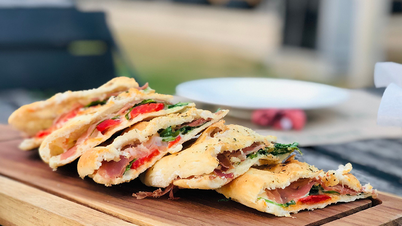



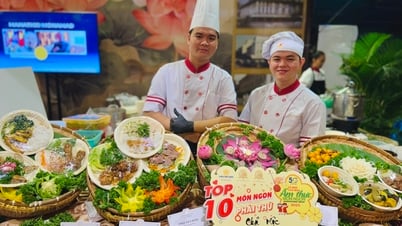

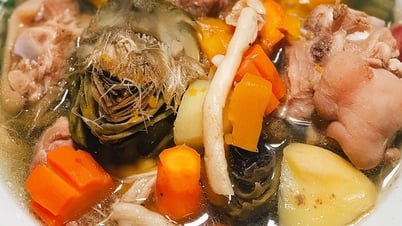

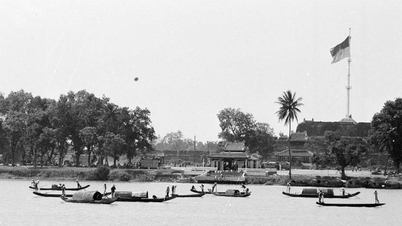












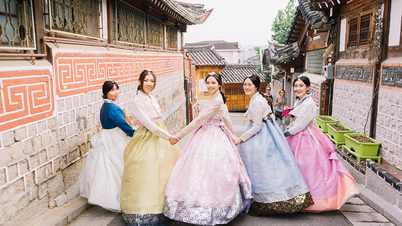


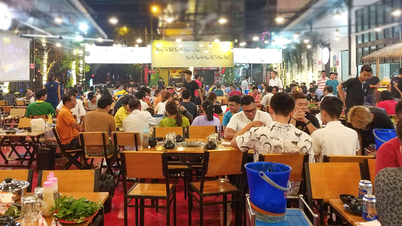



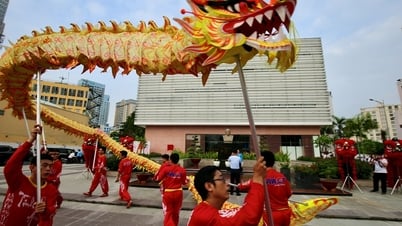

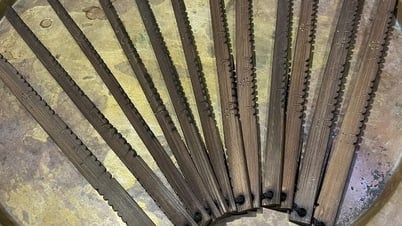



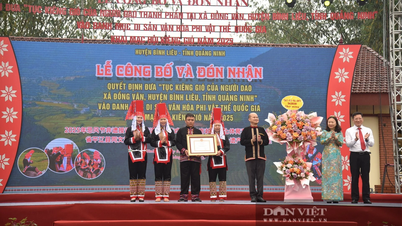


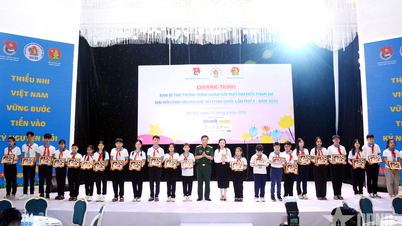


































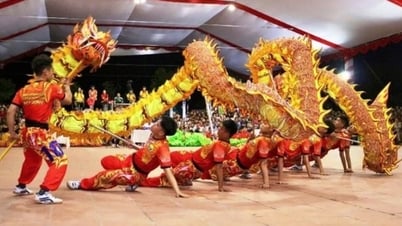




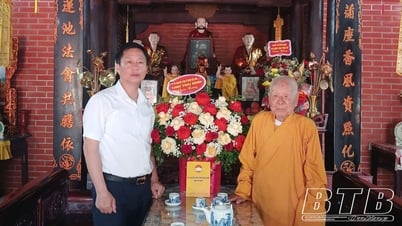







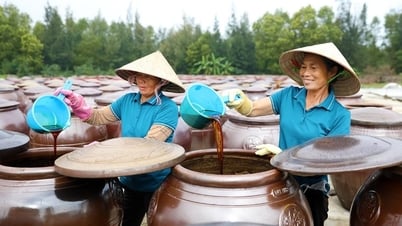

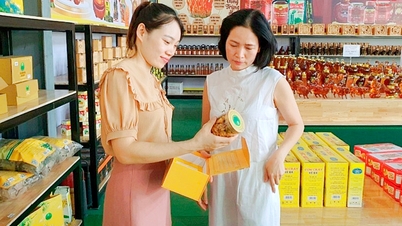

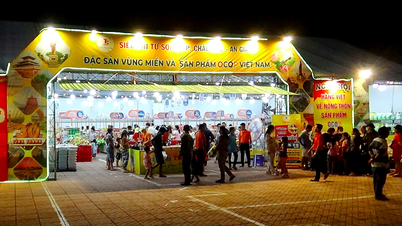

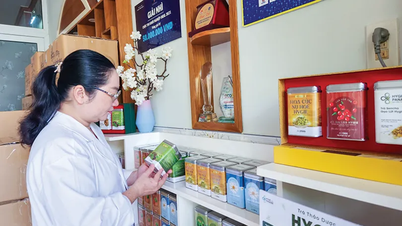

Comment (0)